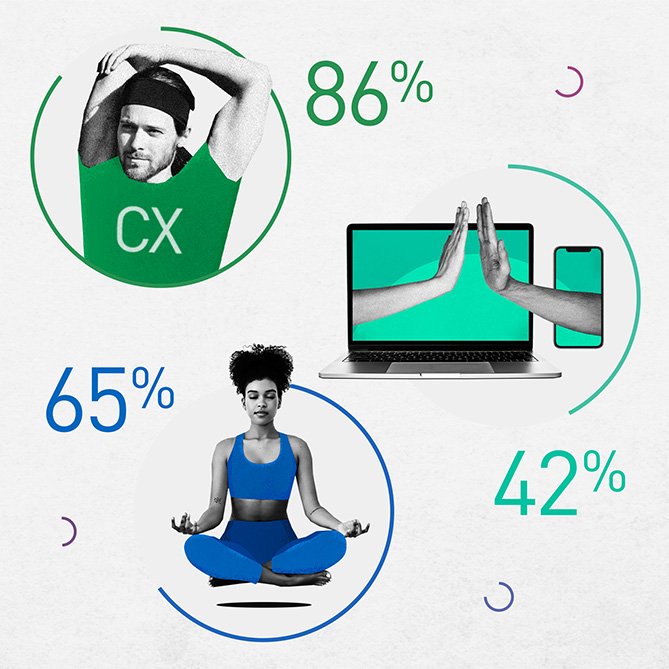VR is creating a much deeper connection between people and their finances, on a level that is both intuitive and immersive. The traditionally conservative finance world has taken a giant leap into the future, adopting virtual reality technology to vastly enhance customer experience.
VR Modernising the Finance Industry
Although everyone loves money, the subject of finance often conjures images of spread sheets, data, pie charts and columns of numbers. Not exactly considered riveting reading by most of the population. But VR is changing all that. No longer is virtual reality limited to the world of gaming. Many industries are now adopting this technology at a rapid rate, and that’s certainly true of the finance sector. A recent TechCrunch article, Financial Services Enter The Matrix, states that VR “is particularly relevant to the financial industry, because it represents a new channel for financial services providers, such as wealth managers, brokerage firms and personal bankers, to deliver financial content in a novel and easily consumable visual format.” Especially to Millennials, who have trust issues with traditional banking, don’t like going into banks, and prefer to do all their banking on their mobile device.
The user experience is vastly improved, enabling people to grasp financial concepts in a way that appeals to them and they can more readily understand
Financial data can be complicated and uninteresting, but by delivering this information in a format vivid, exciting and immersive format, the user experience is vastly improved, enabling people to grasp financial concepts in a way that appeals to them and they can more readily understand.
In these days of internet banking, many customers rarely engage with banks or enter a physical branch. The younger generation prefer to do most of their banking online if they can. VR is a way of giving banks an opportunity to connect with customers on a level that is both relevant and engaging. So how are they doing it?
CBA Gets Cool With Kids
Recently the Commonwealth Bank launched the Start Smart” program VR campaign in 24 Australian primary schools. The emphasis is on immersing children from an early age into the finance world in a way they can relate to. Start Smart has been around since 2007, with VR being a recent addition to help reinforce financial lessons taught in school. The idea behind the Start Smart concept is to allow children to take home a storybook called Sammy the Space Koala along with a VR headset known as the Teleporter. Parents or carers download the Teleporter smartphone app, then plug their smartphone into the Teleporter. Children then embark on The Teleporter Adventures, which teaches them the difference between a need and a want, helping them to understand how to manage finances in a basic way.
Google’s VR Cardboard
Google’s fold out Cardboard VR headset makes virtual reality technology affordable for brands to use to reach customers. Cardboard works in conjunction with Android apps that have been designed for virtual reality and presents an affordable method for schools, financial institutions and other industries to be able to offer just about everyone the ability to experience information via VR presentations. As the Financial Times reports, Google is now developing a new VR Headset for smartphones, to compete with Facebook’s Oculus Rift and Samsung’s Gear VR.
The Future of VR Finance
Theo Majendie, Creative Director of Sydney-based company Catalyst VR, says “VR is changing the way people view and interact with their finances. As financial institutions look for better ways to engage customers, VR can bridge the gap no matter where in the world the customer is.” With the advent of such an array of VR technology available, banks and the finance sector are adopting it voraciously, and making the industry seem less stuffy and more accessible in the process.
Subscribe now for content marketing insights and trends straight to your inbox.









